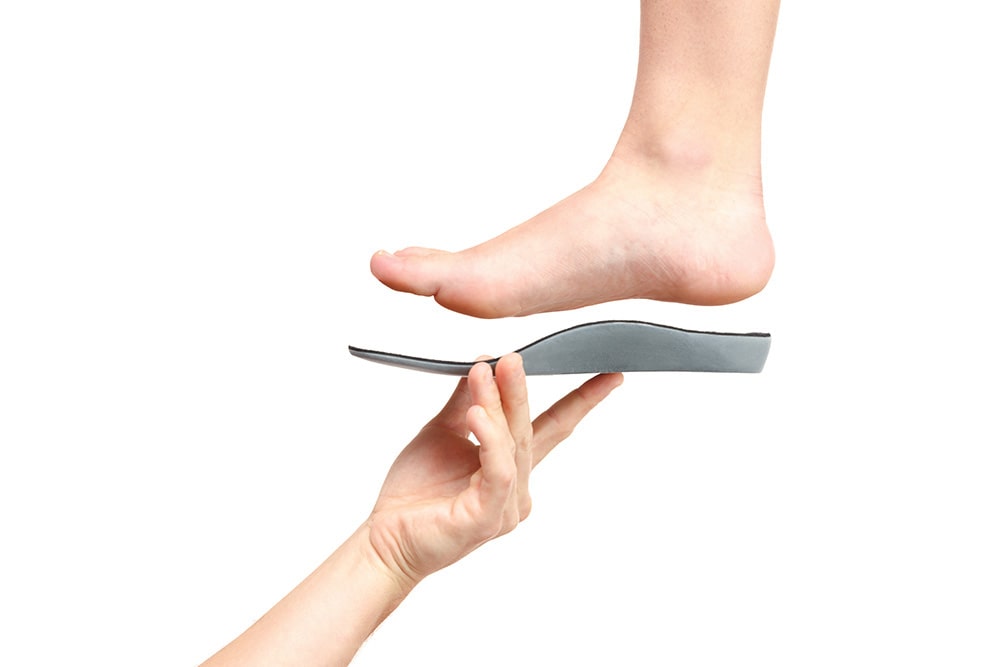If you have diabetes, you already know how important it is to manage your blood sugar. But what many don’t realize is how closely diabetes is linked to foot health. Without proper diabetic foot care, minor foot issues can quickly escalate into serious complications — including ulcers, infections, and even amputations.
At Greater Texas Foot & Ankle Specialist, Dr. Dean Kim helps patients prevent diabetic foot complications through proactive care and early intervention. Below are essential diabetic foot care tips every patient should follow.
Why Diabetic Foot Care Matters
Diabetes affects both circulation and nerve function — especially in the feet. Poor blood flow delays healing, while diabetic neuropathy (nerve damage) reduces the ability to feel pain, cuts, or blisters.
Even a small sore, ingrown toenail, or abnormal nail appearance could turn into a severe wound or osteomyelitis (bone infection) without you realizing it. That’s why daily foot care and regular podiatry visits are crucial.
7 Proven Diabetic Foot Care Tips
1. Inspect Your Feet Daily
Check every part of your feet — including the soles and between the toes — for:
- Cuts or scrapes
- Redness or swelling
- Blisters or sores
- Ingrown toenails or calluses
- Discoloration or thick nails
Use a mirror or ask for help if you can’t see the bottom of your feet.
2. Wash and Dry Feet Gently
Wash your feet every day using warm (not hot) water and mild soap. Gently pat them dry, especially between the toes, to avoid fungal infections. Avoid soaking your feet for long periods, which can cause skin dryness and cracks.
3. Moisturize Carefully
Apply a diabetic-safe moisturizer to prevent dry skin and cracking. Avoid applying lotion between the toes, where moisture can increase the risk of fungal infections.
4. Choose the Right Footwear
Wear shoes that:
- Fit well with a wide toe box
- Provide arch and heel support
- Avoid pressure points
Never walk barefoot — even at home. Ask your podiatrist about custom diabetic shoes or orthotics to help relieve pressure and prevent ulcers.
5. Trim Toenails the Right Way
Trim nails straight across and file the edges. Avoid cutting into corners, which can lead to ingrown toenails. If your nails are thick, discolored, or difficult to trim, see a podiatrist for safe care.
6. Manage Your Blood Sugar Levels
Blood sugar control is critical. High glucose levels damage blood vessels and nerves, increasing the likelihood of foot complications.
7. Avoid Home Remedies
Don’t attempt to treat corns, calluses, or wounds yourself. Avoid using medicated pads or sharp tools. These can cause skin burns or injury. Always consult a podiatrist first.
When to See a Diabetic Foot Specialist
Contact a podiatrist in Texas right away if you notice:
- Open wounds that won’t heal
- Redness, swelling, or warmth
- Foul odor or drainage
- Tingling, numbness, or sharp pain
- Any signs of infection
- Abnormal toenail shape, thickness, or color
Early treatment can help avoid severe complications — including hospitalization or amputation.
Specialized Diabetic Foot Care in Texas
At Greater Texas Foot & Ankle Specialist, Dr. Dean Kim offers comprehensive diabetic foot exams, nail care, wound care, and preventive orthotic solutions. Whether you need treatment for a diabetic ulcer or routine foot maintenance, our clinic ensures expert care at every step.
Schedule Your Diabetic Foot Check Today
Your feet deserve expert protection. Don’t wait until a small problem becomes a serious complication.
📞 Call Greater Texas Foot & Ankle Specialist at (469) 384-2135 to schedule your diabetic foot exam with Dr. Dean Kim today.


